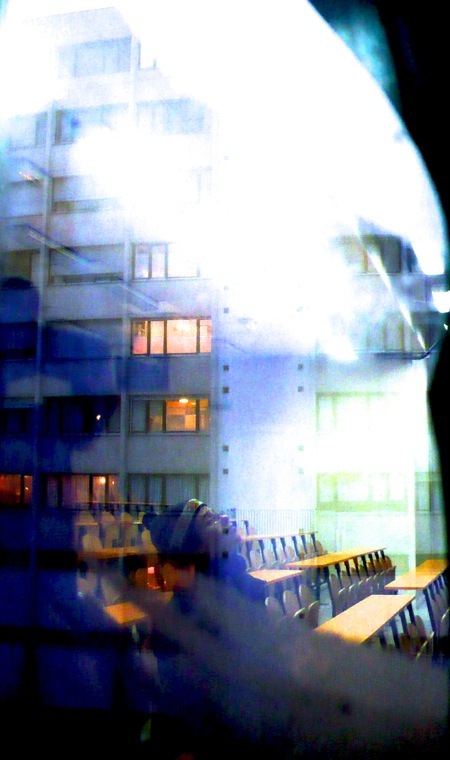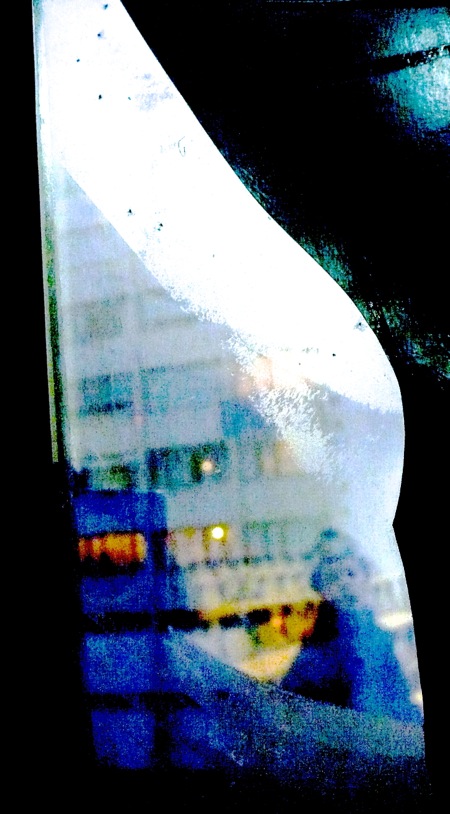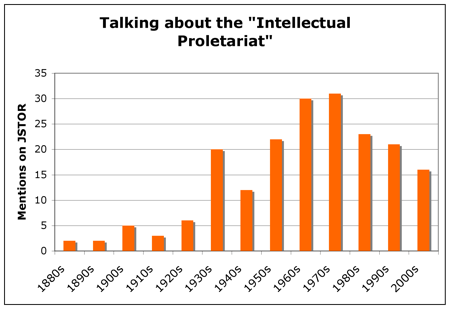A few years ago, I taught a college class about European peoples and cultures. Here are some reflections on Europe that I wrote at the end of that course.
If we boil things down, this course shows us an image of Europe that is fundamentally about conflict, crisis, nationalism, and the heavy weight of ugly histories. The Europe we’ve seen this semester is a Europe in crisis. Even at times in agony. It suffices to recall that Europe is a place where a Turkish family’s house can get burned down by neo-Nazis, as in Solingen, Germany in May 1993. It’s a place where refugees drown by the boatload offshore, or where refugee camps can catch on fire, as on the Greek island of Lesbos this September 19, sending more than 3,000 refugees fleeting. It’s a place where a French citizen can take a Kosher supermarket hostage on behalf of the Islamic State and then get killed by the riot police, as Amedy Coulibaly did almost two years ago, and then be construed by right-wing xenophobic politicians as hard evidence of an implacable clash of civilizations between “Islamic fundamentalism” and the (fantasized) West. It’s a place where pension payments to the elderly can get slashed to satisfy foreign lenders, and also a place where people can die while waiting months for socialized medicine to give them heart surgery. Austerity policies, like socialist ones, can kill. Europe is a place where whole worlds have been burned down and slaughtered only to be rebuilt and reborn, like my grandfather’s childhood apartment in Berlin, which, sometime after his family fled or died in fled Nazi Germany, was converted into a parking lot.
Continue reading “Reflections on Anthropology of Europe (2016)”







